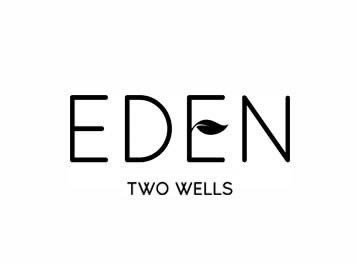Floorplan Know-How

Architects and builders have their own way of presenting plans, but there is an overall industry standard. If you can read one plan, you should be able to read them all.
There are three main types of house plans:
Floorplan sketch shows the basic layout and dimensions of a home. It is simple and is not always drawn to scale and is often “prettied up“ with diagrams of chairs, tables, beds and other furniture.
Construction floorplan is very detailed and includes everything, even the kitchen sink. “The builder will eventually be working from this plan, so check it carefully, as the final contract is signed on the understanding that these drawings are correct,“ says architect Peter Nielsen. Construction floorplans are usually drawn to a 1:100 scale. One centimetre on the plan represents one metre, or one millimetre is equivalent to 10 centimetres.
Site plan shows the exact position of the house on the allotment in relation to the boundaries. Each council has its own specifications on how close a house can be built to boundaries, Peter advises to double check this plan carefully.
Understanding your floorplan
- Measurements - Four sets of parallel lines are the entire measurements of the house, down to the width of walls, and they are always expressed in millimetres. The top lines refer to the largest dimensions like exterior walls and then work in toward the centre of the plan. Holding a ruler against one of the measurement markers explains the part of the plan the measurement refers to.
- Roof Overhang - Dotted lines around the outside of the house shows the width of the roof overhang.
- Roof Angle - Dotted lines across the whole floorplan represent the different roof angles.
- Veneer Wall - A diagonally lined border on the outside of the house with the black line underneath denotes a brick veneer wall.
- Windows - Window dimensions are in metres and expressed as four digit numbers - the first two digits refer to the height of the window, the second to the width. Take the window in the living area of our plan. It is listed as 21:24, which means it is 2.1 metres high by 2.4 metres wide. The type of window to be installed is shown on the side elevation drawings.
- Doors - The door widths and the direction in which they open are all noted.
- Openings - Double dotted lines with dimensions indicate an opening. The first dimension is always the height; the second is the width.
- Lights and Switches - Curved dotted lines on the ceiling lights show corresponding wall switches.
- Abbreviations - Building plans use all sorts of abbreviations like ‘obsc’ next to bathroom and toilet windows, which means obscure glass, ‘dp’ shows the location of a down pipe and ‘mb’ denotes the metre box position. Most of these are fairly self-explanatory. If there is anything out of the ordinary, it is written out in full on the plan.
Did you know?
Drawings, sketches and house plans belong to the builder or architect who create them and are automatically protected under the Copyright Act of 1968. One homeowner in New South Wales found out the hard way then they used a plan they had not paid for. When the case finally got to court, three years down the track, the homeowner was ordered to pay $42,000! Architect Peter Nielsen's final words of advice are: "never risk infringing the copyright of another builder" and "always ask questions if anything is unclear. This will ensure the construction of your home runs as smoothly as possible."









